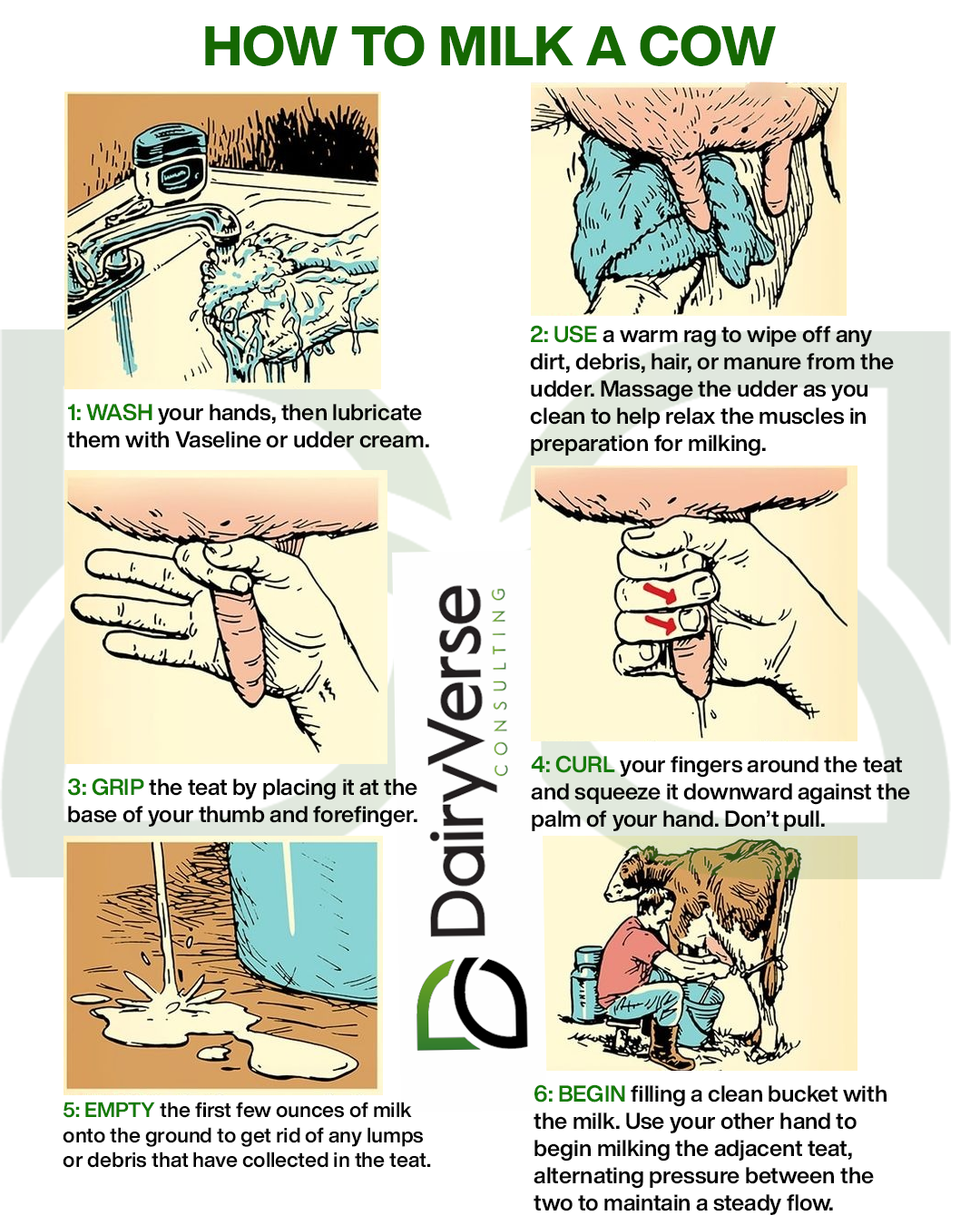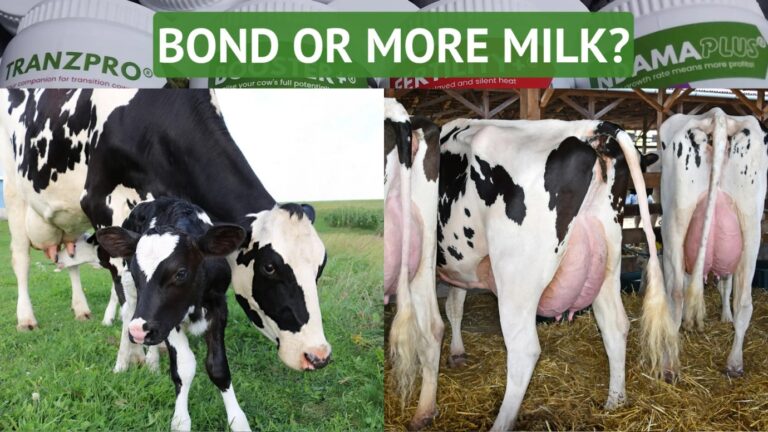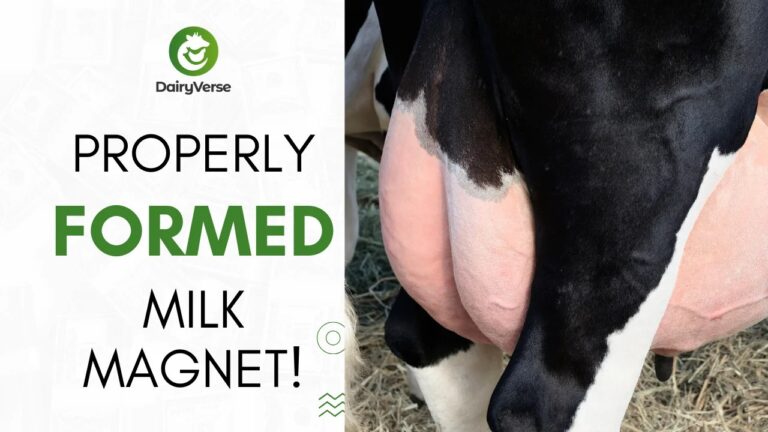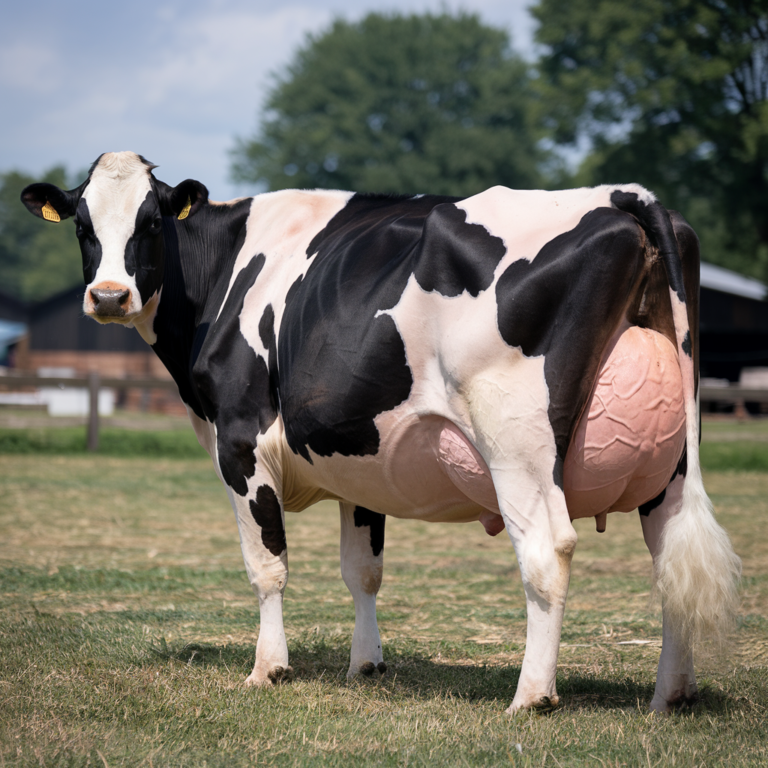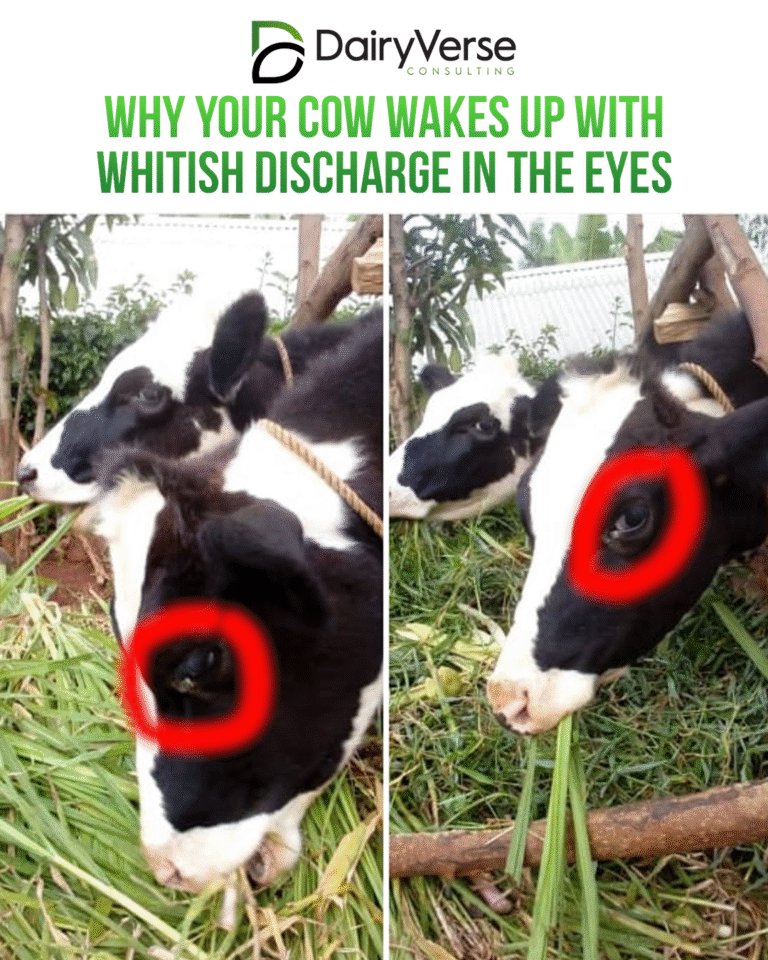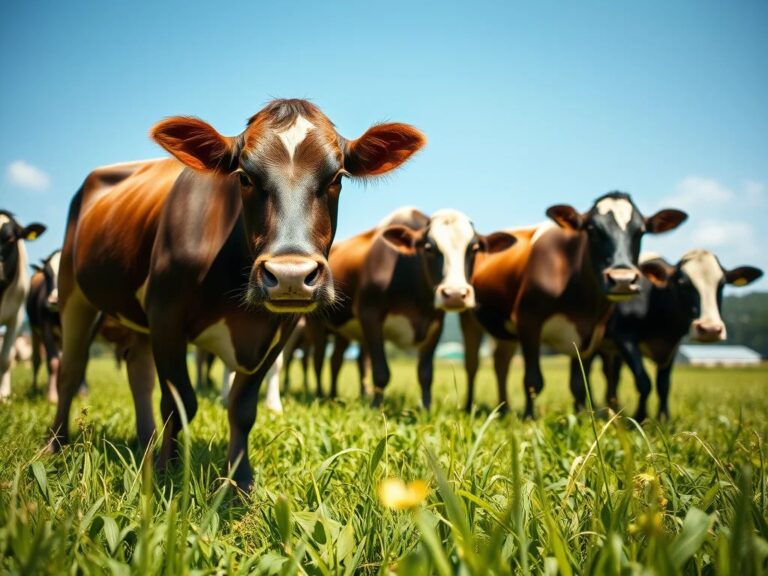HOW TO MILK A COW PROPERLY & WHY IT MATTERS
Milking a cow is a fundamental skill in dairy farming, ensuring the animal’s health, hygiene, and optimal milk production. Following the right process prevents infections, improves milk quality, and ensures a stress-free experience for both the cow and the milker. Below is a step-by-step guide on how to milk a cow correctly and why each step is important.
1: WASH YOUR HANDS & LUBRICATE
- What to do: Wash your hands thoroughly, then lubricate them with Vaseline or udder cream.
- Why it’s important: Clean hands prevent bacterial contamination and keep the cow comfortable. Lubrication prevents friction, reducing irritation to the udder.
2: CLEAN THE UDDER & MASSAGE
- What to do: Use a warm rag to wipe off any dirt, debris, hair, or manure from the udder. Gently massage the udder to relax the muscles.
- Why it’s important: This step ensures milk remains clean and free from contaminants. The massage stimulates milk letdown, making milking easier and reducing stress for the cow.
3: PROPERLY GRIP THE TEAT
- What to do: Place the teat at the base of your thumb and forefinger, ensuring a firm but gentle hold.
- Why it’s important: This grip allows proper control of milk flow while preventing injury or discomfort to the cow.
4: CURL YOUR FINGERS & SQUEEZE DOWNWARD
- What to do: Curl your fingers around the teat and squeeze in a downward motion against the palm of your hand. Avoid pulling.
- Why it’s important: Pulling can cause pain and potential damage to the udder. The downward squeeze mimics the natural sucking motion of a calf, ensuring smooth milk release.
5: DISCARD THE FIRST FEW OUNCES
- What to do: Squeeze the first few ounces of milk onto the ground before collecting the rest.
- Why it’s important: The initial milk may contain bacteria or debris from the teat canal. Discarding it ensures that only clean, high-quality milk is collected.
6: MAINTAIN A STEADY MILKING RHYTHM
- What to do: Use both hands, alternating between teats, to maintain a steady flow of milk into a clean bucket.
- Why it’s important: A consistent rhythm prevents stress in the cow and ensures efficient milking. It also promotes continued milk production and prevents the cow from developing mastitis (udder infection).
FINAL THOUGHTS
Applying these proper milking techniques is essential for: ✅ Preventing udder infections (mastitis) ✅ Ensuring clean, high-quality milk ✅ Keeping the cow comfortable and stress-free ✅ Maximizing milk production efficiency
By following these steps, farmers can maintain the health and productivity of their dairy cows while producing the best quality milk possible.

